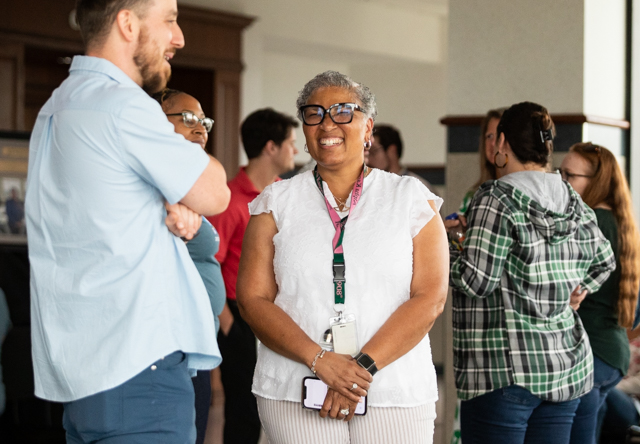WCPS budgets for potential federal cuts
Published 6:38 am Tuesday, May 20, 2025
Warren County Public Schools has made reductions to areas of its budget to account for potential cuts in federal funding.
These are the English learning acquisition programs, professional development, and academic supports at schools with a high percentage of children from low-income families. WCPS has also anticipated receiving less to budget for special education, but it intends to absorb that financial loss to retain those services.
If the federal government doesn’t cut funding in these areas, then those funds will be divvied back to schools, WCPS Chief Financial Officer Chris McIntyre said.
Trending
McIntyre spoke to the Daily News on these and other standout aspects of WCPS’s tentative budget, a guiding document that allows the school system to prepare for the 2025-26 academic year. The WCPS Board of Education on Thursday unanimously approved the budget, which breaks even at approximately $307 million, about $7 million more than last year.
WCPS projects a $6.4 million increase in funding from SEEK, Kentucky’s foundational funding formula for school districts, as well as an increase in property tax assessments and a slight increase in student population, McIntyre said. These make up the vast majority of a projected General Fund that totals $10.7 million more than the 2024-25 General Fund.
But much uncertainty surrounds federal funding, which has been estimated by the Kentucky Department of Education to provide roughly 12% of the commonwealth’s education budget. Earlier this month, the Trump administration proposed reducing the U.S. Education Department budget by $12 billion, or 15%, which includes $4.5 billion in cuts to K-12 programs, according to the National Education Association.
“I’m preparing for a conservative budget, what I feel like we will get based on known information at the time,” McIntyre said. “With the amount of federal uncertainty, I’d hate to set us up for something that we really don’t have enough information (on). There’s a lot of speculation out there. But what I’ve done is review, and presented a fair estimate of what it could potentially look like.”
WCPS’s budget anticipates that the federal government will cut all $369,000 it provides for English language acquisition and all $751,000 it allocates for professional development, McIntyre said.
Planning for potential federal cuts to English learning, and collaboration with school districts that have similar English-learner populations, have resulted in the budget reducing full-time certified English learner staff from 72 to 56, and removing all English learner aids, McIntyre said.
Trending
WCPS hopes a new system called Audio Enhancement will help English learner students, McIntyre said. During instruction at five schools, participating students will wear a headset connected to a laptop with software that provides live translation into their native language. The hope, he added, is that the new tech will enhance English learners’ ability to learn content, while they acquire English through social interactions such as student activities, group projects and recess.
The budget anticipates a 7% cut to Title I funding, or about $412,000, which supports school districts and schools with a high fraction of students from low-income families. So, if a school were to normally receive $100,000 in Title I funds, that would be reduced to $93,000.
Schools’ site-based councils will decide how to best adjust to the planned Title I reduction, McIntyre said.
The budget also accounts for an anticipated 15% in cuts to monies from funding for the Individuals with Disabilities Education Act, about $600,000. WCPS plans to absorb that without reducing staff, given that nearly 100% of those funds pay for people who support WCPS’s special needs population, McIntyre said.
“We can’t make any adjustments of commitments to that staff,” he said.
Federal funding aside, McIntyre said the district expects “no true material changes.” While staffing will increase by a minimum of 10 full-time teachers, he also anticipates the student body to increase by 250 next school year and the student-to-teacher ratio to stay roughly the same.







